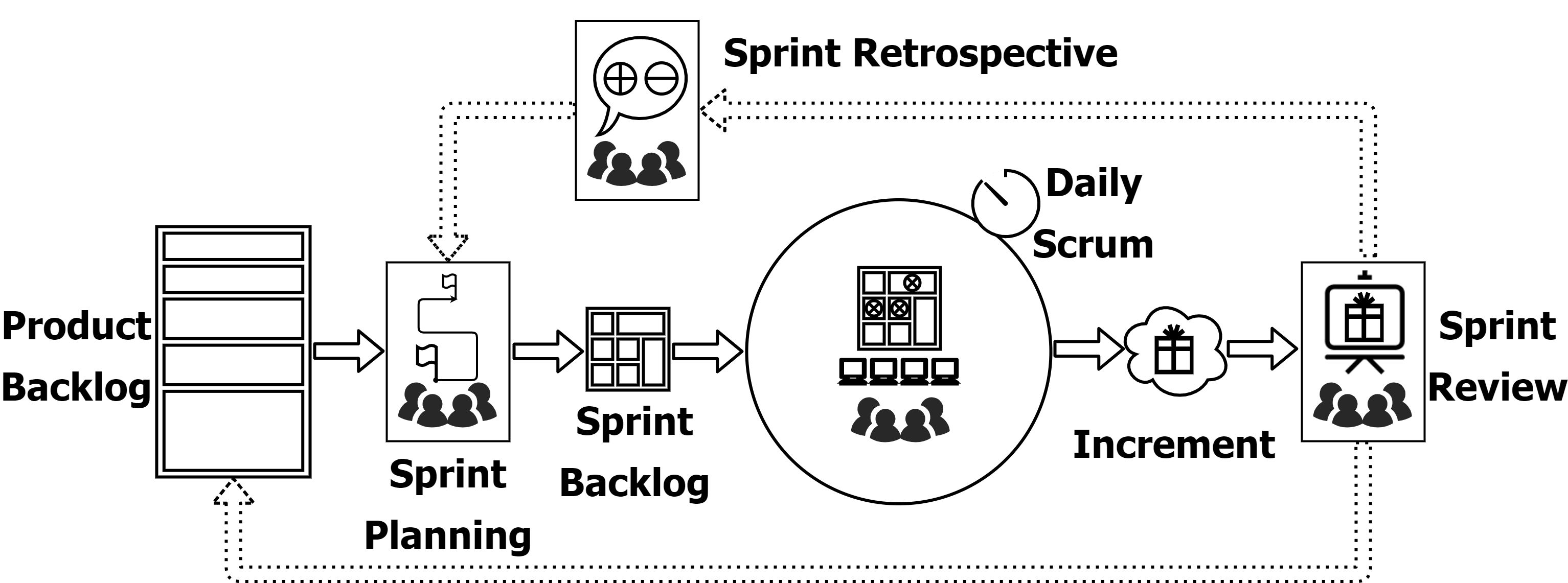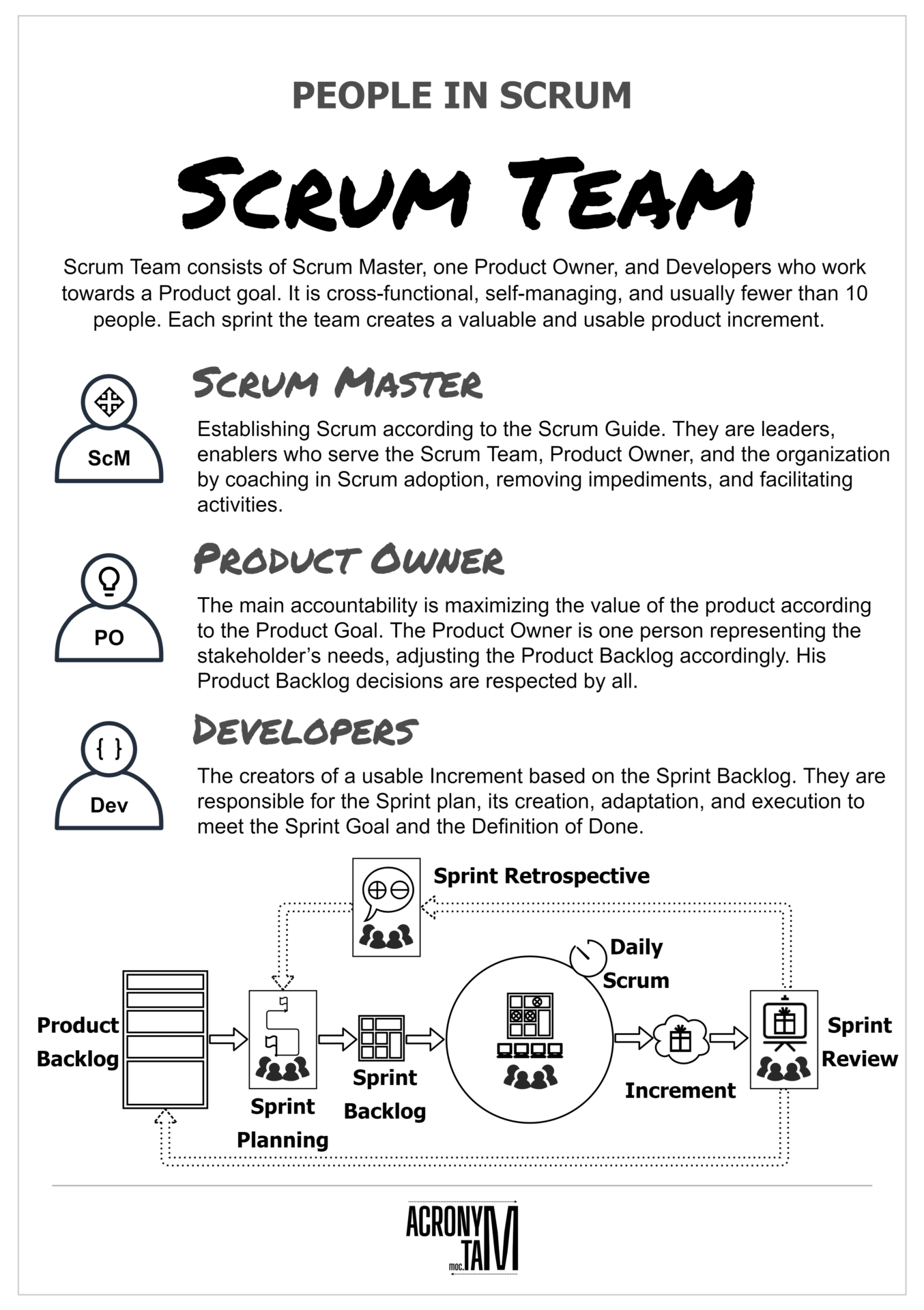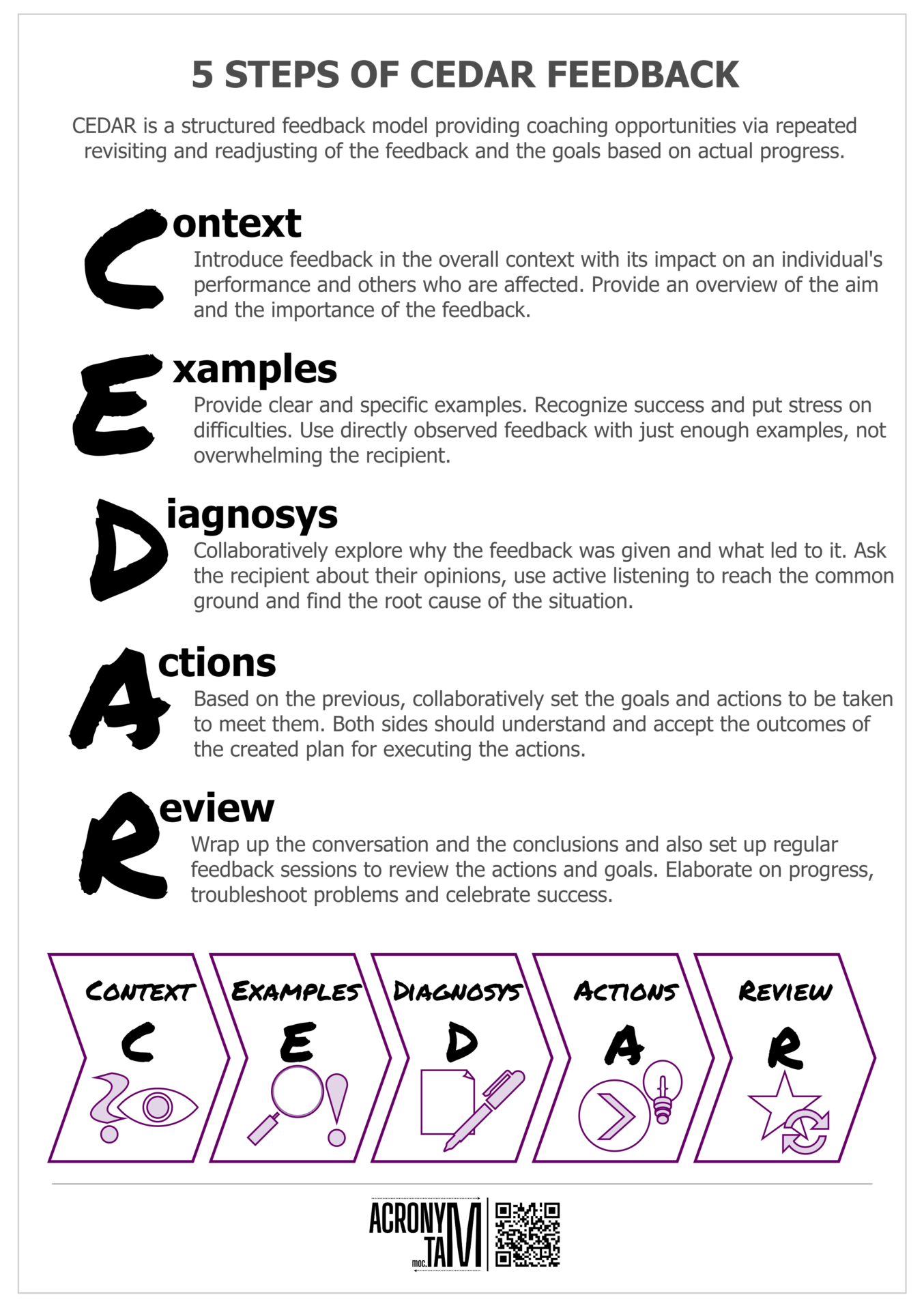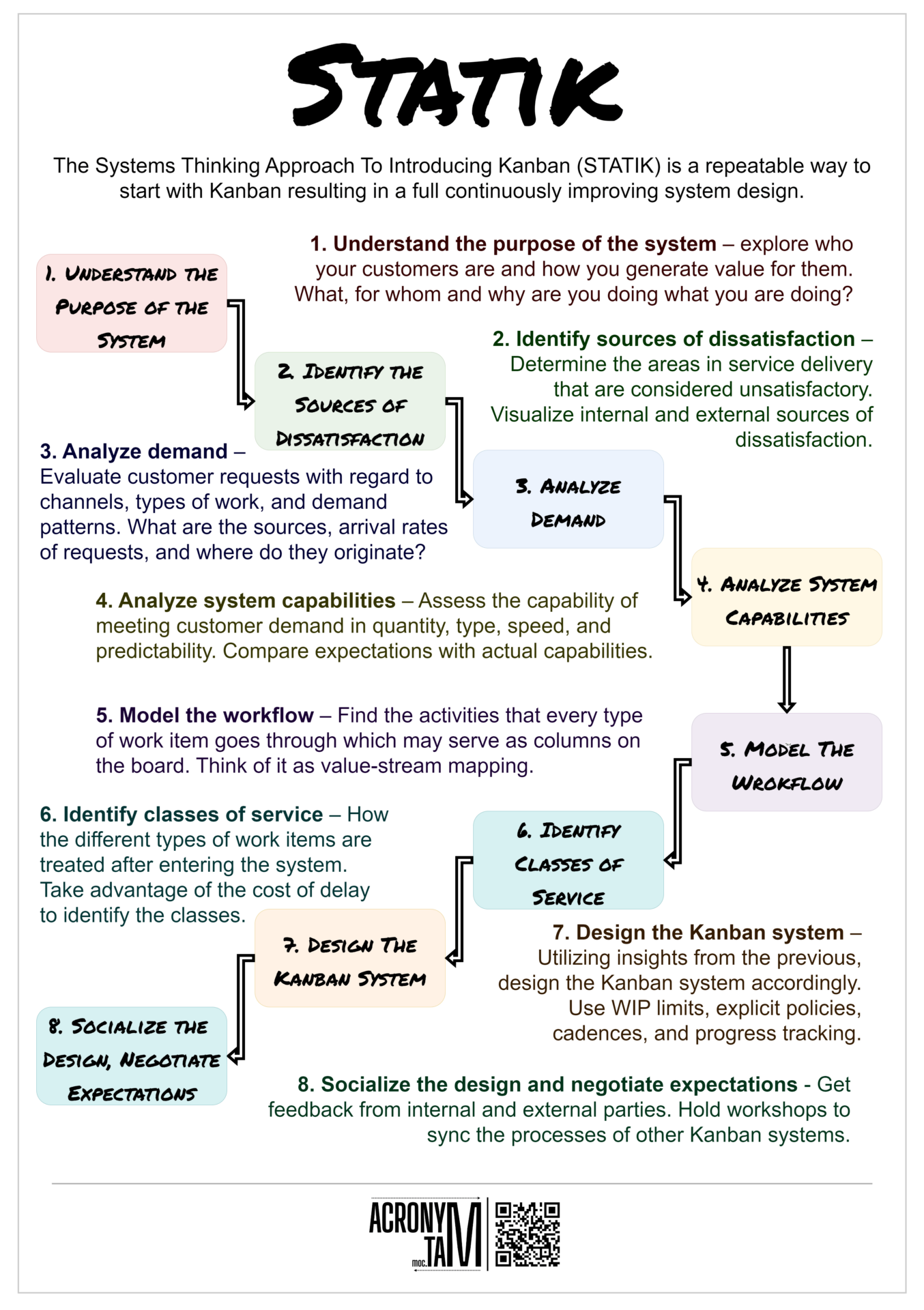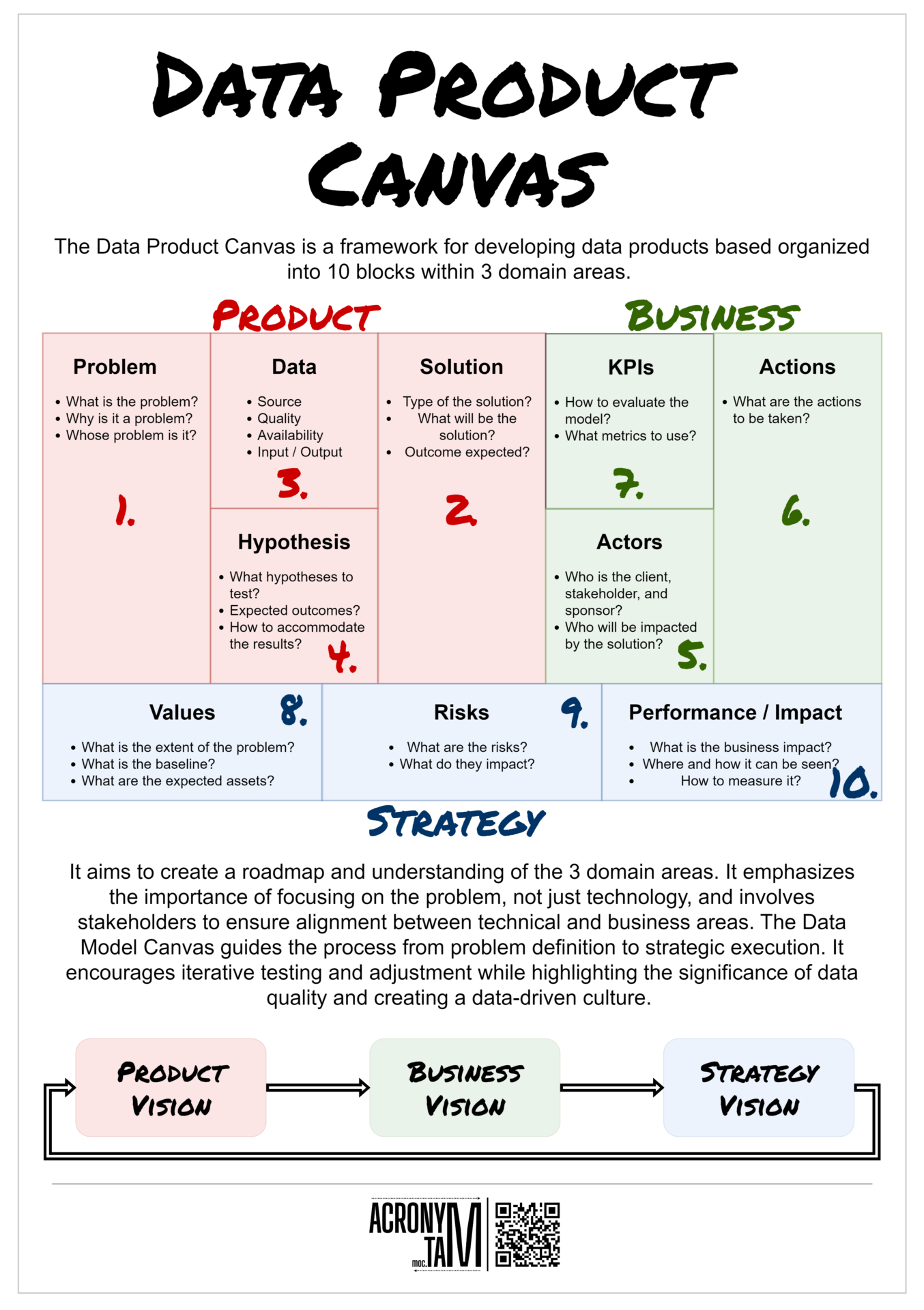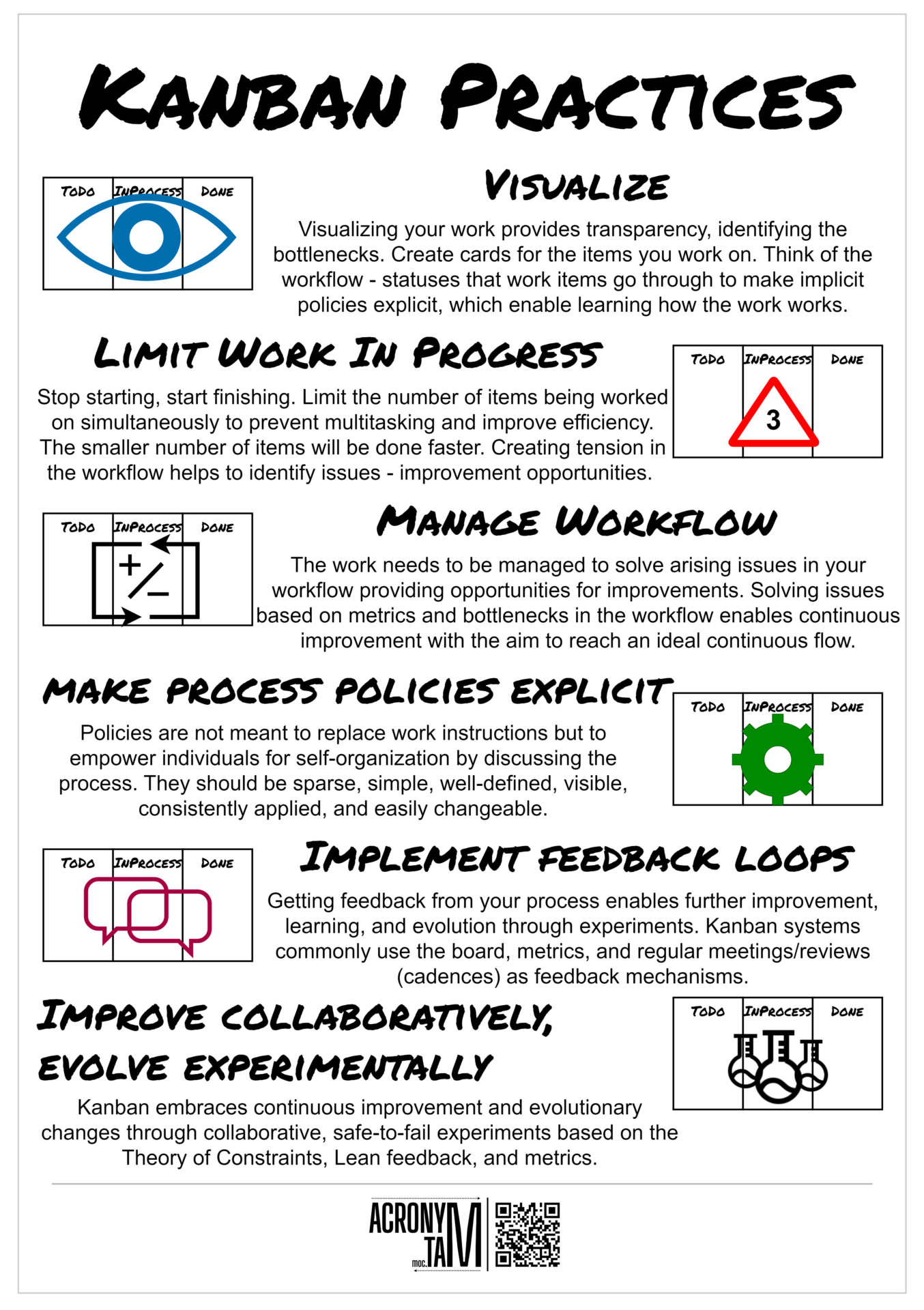Article
Scrum Team
Scrum Team consists of Scrum Master, one Product Owner, and Developers who work towards a Product goal. It is cross-functional, self-managing, and usually fewer than 10 people. Each sprint the team creates a valuable and usable product increment.
Scrum Master
Establishing Scrum according to the Scrum Guide. They are leaders, enablers who serve the Scrum Team, Product Owner, and the organization by coaching in Scrum adoption, removing impediments, and facilitating activities.
Product Owner
The main accountability is maximizing the value of the product according to the Product Goal. The Product Owner is one person representing the stakeholder’s needs, adjusting the Product Backlog accordingly. His Product Backlog decisions are respected by all.
Developers
The creators of a usable Increment based on the Sprint Backlog. They are responsible for the Sprint plan, its creation, adaptation, and execution to meet the Sprint Goal and the Definition of Done.
